Is the Dongle DAC market starting to bottom out? There are dozens of high-end models currently available and our list of models that we feel offer genuine points of differentiation is getting shorter. Questyle has consistently delivered superior build quality, excellent sonics, and enough power for the types of headphones that consumers might use with a Dongle DAC.
The Chinese manufacturer recently introduced the M15i and M12i, but it was the release of the M15c that really caught our attention. The $129 price from a high-end manufacturer such as Questyle was a bit of a head scratcher.
Questyle prefers that people refer to their products as “portable headphone amplifiers with a DAC” but that seems like a rather wordy and clumsy marketing attempt.

It’s a Dongle DAC and they continue to win awards for almost all of their products because their technology is unique; I have had the pleasure of using their desktop amplifiers as well for a number of years and the current CMA15 ($1,995 USD) is competitive with anything on the market right now between $2,000 and $4,000 — it’s really that good.
But where I get really excited about this company is when we start comparing their Dongle DACs with the rest of the market — packaging something like the CMA15 into something the size of a package of chewing gum takes a lot of engineering and design skills.

At the very least, you’d expect to pay most of the price of the Desktop model but instead the M15i retails at $249 USD. The M12i removes the balanced output and adds an automatic gain setting system that “reads” the impedance of the headphone and adjusts the gain.
This works well within its limits (discussed in my review of the M12) and offers those who don’t need the additional features of the M15i, a more compact and affordably priced ($149 USD) option.
So how did they do it, and how does that translate to the new M15c that we are looking at today?

Current vs. Voltage Amplification
Without writing a dissertation, amplification can be broken down into current amplification and voltage amplification. Current mode’s advantages are that it can be used with extremely small signals, and that it has very fast transient response and high bandwidth.
The downside is that current mode amplifiers require extra care be taken to keep noise from creeping in which often involves complex feedback mechanisms that require more components and a lot more engineering work.
Current-mode amplification is used almost exclusively in DSD bit-stream DACs where very large bandwidth is needed and sophisticated filtering is already a part of the design.
On the flip-side, voltage-mode amplification is quite simple to do well by comparison, but does its best work with signals that start out a bit larger. The two technologies are often paired with a current mode amplifier built into the DAC and a voltage mode amplifier that takes the small output of the DAC and increases it to a usable level to drive headphones or speakers.
If an outfit has the technical chops, there is no reason why a DAC/amp cannot be made that utilises only current mode amplification and that is Questyle’s specialty.
Since the original amp release in 2012, Questyle has released a series of both desktop and portables all of which utilize exclusively current-mode amplification.
Current mode amplifiers also have a distinct advantage in the portable space; voltage mode amplifiers are limited by the 5V voltage rails of USB as their power supply.
That limit can be worked around, but it requires adding circuitry which introduces noise and distortion, drains batteries more rapidly, and increases cost.
Current mode devices don’t share the 5V swing limit and thus allow more design freedom without every decision being tied to the USB power source.
With the M15 and M12, Questyle took their design skills a step further and designed a self-contained current mode amplifier circuit or SiP module that allowed Questyle to use fewer components on the board or pack more of the amplifier modules into the same space.
The two devices both share the ESS 9281AC DAC with the M12 utilizing two of the SiP modules with its single-ended 3.5mm output while the M15 uses four of the modules and provides a fully-differential balanced output as well as the option of utilizing a single pair of the modules and a single-ended output.

Auto Sensing Warning?
Both the M12 and M15 offer excellent sonic performance and it’s hard not to recommend the M12i but the automatic gain setting does have an issue that can result in deafening the listener which is kind of a problem. You read that correctly.
The gain “sensing” reads the impedance of the headphone attached and adjusts the gain accordingly which sounds great on paper, but the issue is if it “senses” a high enough impedance, it places the device in line-out mode.
This removes the volume control and sets the output at a fixed level near its maximum which can result in sound loud enough to do hearing damage in some cases.
Headphones and IEMs with a 600 ohms impedance are not very common but they do exist and we do not want any consumers to potentially damage their hearing in this scenario.
The more common issue is that a high impedance, high sensitivity IEM gets more power than it needs or a low impedance, low sensitivity model gets less gain than required to reach listening levels as the “sensing” fails to account for sensitivity.
Those are the caveats I have to state when suggesting the M12 or M12i although I firmly believe they are two of the best options available at $149. I don’t have to make those same statements when recommending the M15 family because they have a manual gain control with a switch on the side of the unit providing two levels.
The downside being you have to spend $249 to get that manual gain switch and many simply don’t have that amount available.
An M12i with a manual gain switch while retaining the $149 price would be an easy recommendation.

So What’s Different About the M15c?
The M15c is an M15 built around the Cirrus Logic 43198 DAC instead of the ESS 9281; the 43198 is a capable DAC but doesn’t quite have the capabilities of the ESS 9281 which means that PCM is supported up to 32-bit/384kHz and DSD is limited to DSD256.
A look at the specifications of the M15i shows that it’s capable of a lot more — but ask yourself this question.
How much of your music collection is above 32-bit/384kHz or DSD256?
99% of my music collection is between 16-bit/44.1 and 24-bit/96kHz and I suspect that’s the case for almost 99% of the music listening public as well.
Some are you are probably wondering how the M15c is only $129 USD when it offers such a good DAC, 4 SiP modules, 3.5mm and 4.4mm (balanced) outputs, a manual gain switch and MFi (Made for iPhone/iPod/iPad) certification.
The CL-43198 DAC is actually very affordable when purchased in bulk quantities and Questyle is able to use those cost savings to keep the price down on the Dongle DAC.
When you compare all three Dongle DACs, I have to wonder if the M15c is going to cannibalise the sales of its more expensive siblings when it is so much more affordable.
The reality is that they don’t sound the same at all — although the power performance is rather comparable.

Listening Notes
It is fascinating to me how three Dongle DACs from the same company can offer different perspectives on the same music — and that is certainly the case with the M15c, M15i, and M12i.
The M15c could accurately be described as being the “polite” model with a greater degree of warmth to its overall sonic signature and that includes smoothing over rough edges in poor recordings.
The “warmth” is unique to the 43198 chip for the simple reason that none of the other M-series models share that characteristic. It has been my experience with ESS-based models that they sound slightly cooler and even on the bright side of the spectrum.
The M15c moves the other way and that does tone down its detail retrieval — which may not be a bad thing if you are using wired IEMs or headphones that are a tad too aggressive sounding in the upper midrange and treble.
If you care more about tonal weight and texture — the M15c is probably what you will work better for you long-term.
Those looking for every last ounce of nuance and detail will find the ESS-based models to be a better choice, but the trade-off is that poorly recorded tracks will reveal themselves in that way and that might not be ideal with headphones and IEMs that want you to hear everything.
From a power output perspective, the M12i and M15c proved to be rather similar using their respective 3.5mm outputs; the M12i came across as slightly louder than the M15c when both were set to the same volume levels using Android devices.
Using the high gain setting on the M15c demonstrated that it was equal if not slightly louder than the M12i using the same IEMs.
The 4.4mm connection was compared between the M15c and M15i and we found the M15i to be just slightly more powerful again. With the volume matched in Android, the M15i was consistently a few dB louder when compared to the M15c.
None of this performance should be a deal breaker for anyone and it was impressive to see how the less expensive M15c was rather competent with a wide range of headphones and IEMs.

The Bottom Line
Does the Questyle M15c get a strong recommendation? Yes. Does it make more sense for everyone than the M12i? Possibly.
That might come across as somewhat ambiguous and you are probably wondering if it represents a smarter choice than the M15i?
All of that depends on the tonal balance and presentation style that you are seeking out for your existing range of headphones and IEMs.
If you are after a warmer, smoother, more forgiving sound — the M15c is your best option from their existing series of portable headphone amplifiers. For those desiring more nuance and detail at the expense of some smoothness, the M15i is likely the operative choice.
Can’t decide? The M15c costs only $129 compared to the $249 for the M15i; and don’t forget that neither models comes with a protective case, and that will cost you an additional $25.
Apple users get dinged again if they want to use one of the M-series portable headphone amplifiers with an older iPhone (14 or below) or iPad with lightning port — you will need to add the USB Type-C to Lightning adapter because neither model comes with the cable.
Pros:
- Very affordable
- Warm tonal balance mates with more neutral sounding IEMs and headphones
- Solid build quality
- 32-bit/384kHz PCM and DSD256 support which is 99% of the music available today
- Single-ended and balanced outputs for under $150
Cons:
- Warm tonal balance and smooth presentation might be dull sounding with the wrong headphones
- Limited to 32-bit PCM and DSD256
- Does not come with a case
- Older iPhone and iPad users will require the USB Type-C to Lightning adapter
Where to buy M15c:
Buy M12i or M15i?
- M12i –
$149$79 at Amazon - M15i –
$249$199 at Amazon
Related Reading:


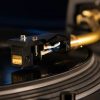









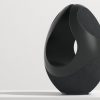
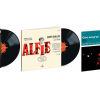
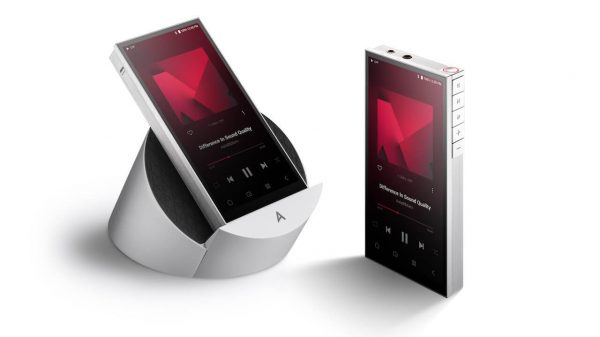



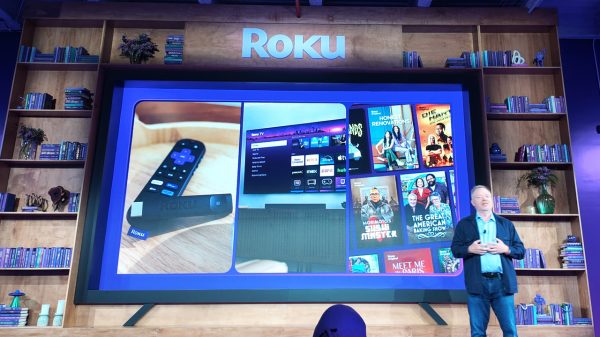

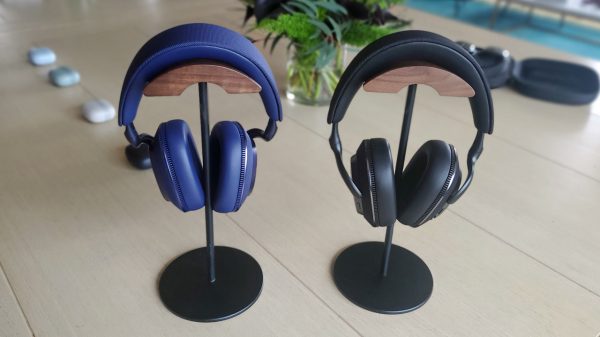


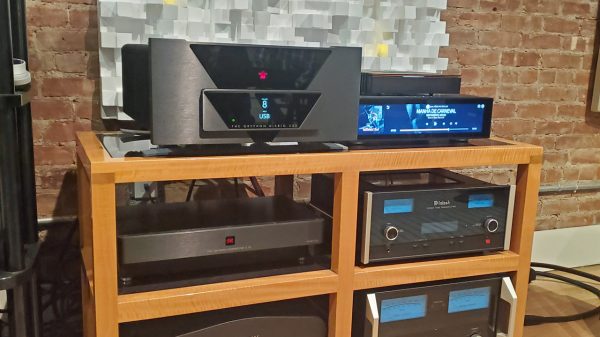
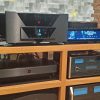













Eclipse
December 8, 2024 at 9:54 pm
Does it support mic input?
Vivian
December 10, 2024 at 4:03 am
Thank you for your reply. The M15C does not support a microphone, but the upcoming M18i features an Infineon flagship microphone with HD call quality and AI noise cancellation, powered by a Bluetooth 5.4 chip. Please stay tuned!
tom
December 12, 2024 at 10:05 am
Hi,
Where does the information come from that the M15C (like the M15I) has 4 AMP modules? As far as I understand, the M15C, unlike the M15I, only has 2 AMP modules. Therefore, it should have significantly less performance that the M15I.